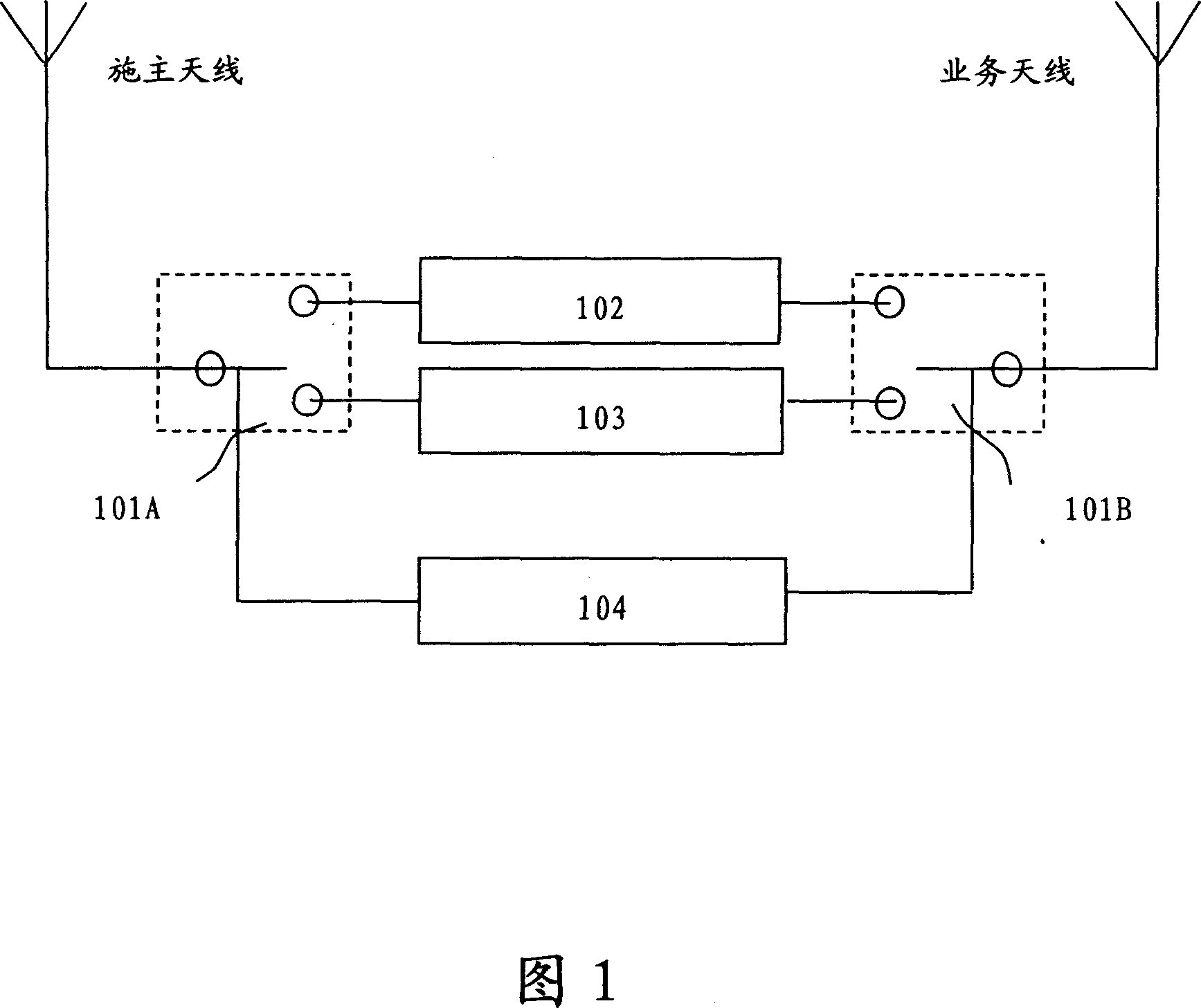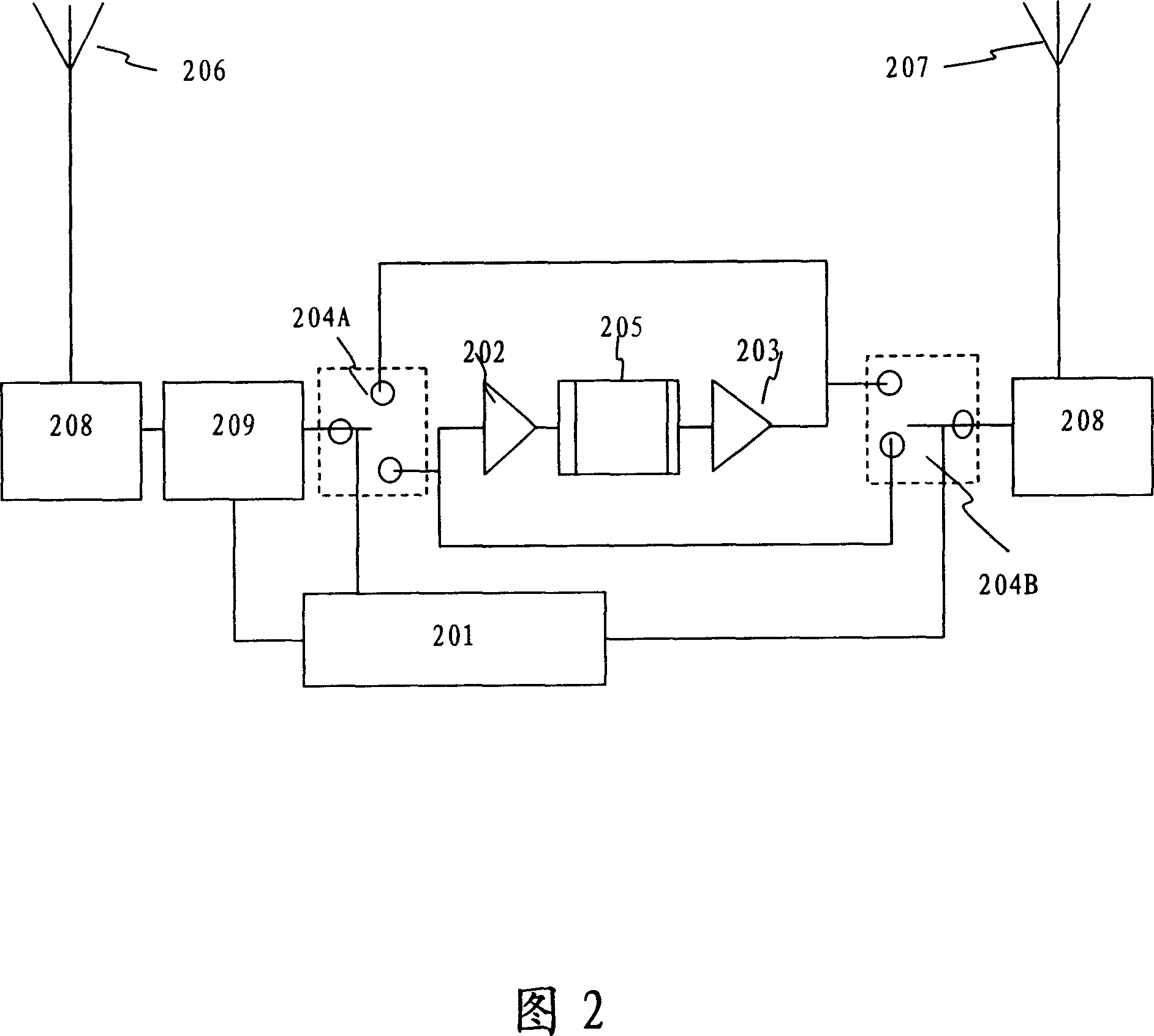Repeater suitable for TDD system mobile communication system
A mobile communication system and time division duplex technology, applied in the field of repeaters, can solve the problems of complex product structure, general product without structure, and high product manufacturing cost, and achieve the effect of reducing manufacturing cost, improving overall efficiency and simple structure.
- Summary
- Abstract
- Description
- Claims
- Application Information
AI Technical Summary
Problems solved by technology
Method used
Image
Examples
Embodiment Construction
[0033] For further elaborating the technical means and effect that the present invention takes for reaching the predetermined invention purpose, below in conjunction with accompanying drawing and preferred embodiment, to the repeater that is applicable to time division duplex system mobile communication system that proposes according to the present invention its specific Embodiments, structures, features and effects thereof are described in detail below.
[0034]The core principle of the present invention is: in the mobile communication system adopting the TDD system, the uplink signal and the downlink signal between the base station and the terminal are at different times and maintain a strict synchronization relationship, so only the radio frequency switch array To control, you can share the low noise amplifier, digital gain controller and linear power amplifier time-sharing as an uplink or downlink amplifier. Even if repeaters have different installation positions and diffe...
PUM
 Login to View More
Login to View More Abstract
Description
Claims
Application Information
 Login to View More
Login to View More - R&D
- Intellectual Property
- Life Sciences
- Materials
- Tech Scout
- Unparalleled Data Quality
- Higher Quality Content
- 60% Fewer Hallucinations
Browse by: Latest US Patents, China's latest patents, Technical Efficacy Thesaurus, Application Domain, Technology Topic, Popular Technical Reports.
© 2025 PatSnap. All rights reserved.Legal|Privacy policy|Modern Slavery Act Transparency Statement|Sitemap|About US| Contact US: help@patsnap.com



